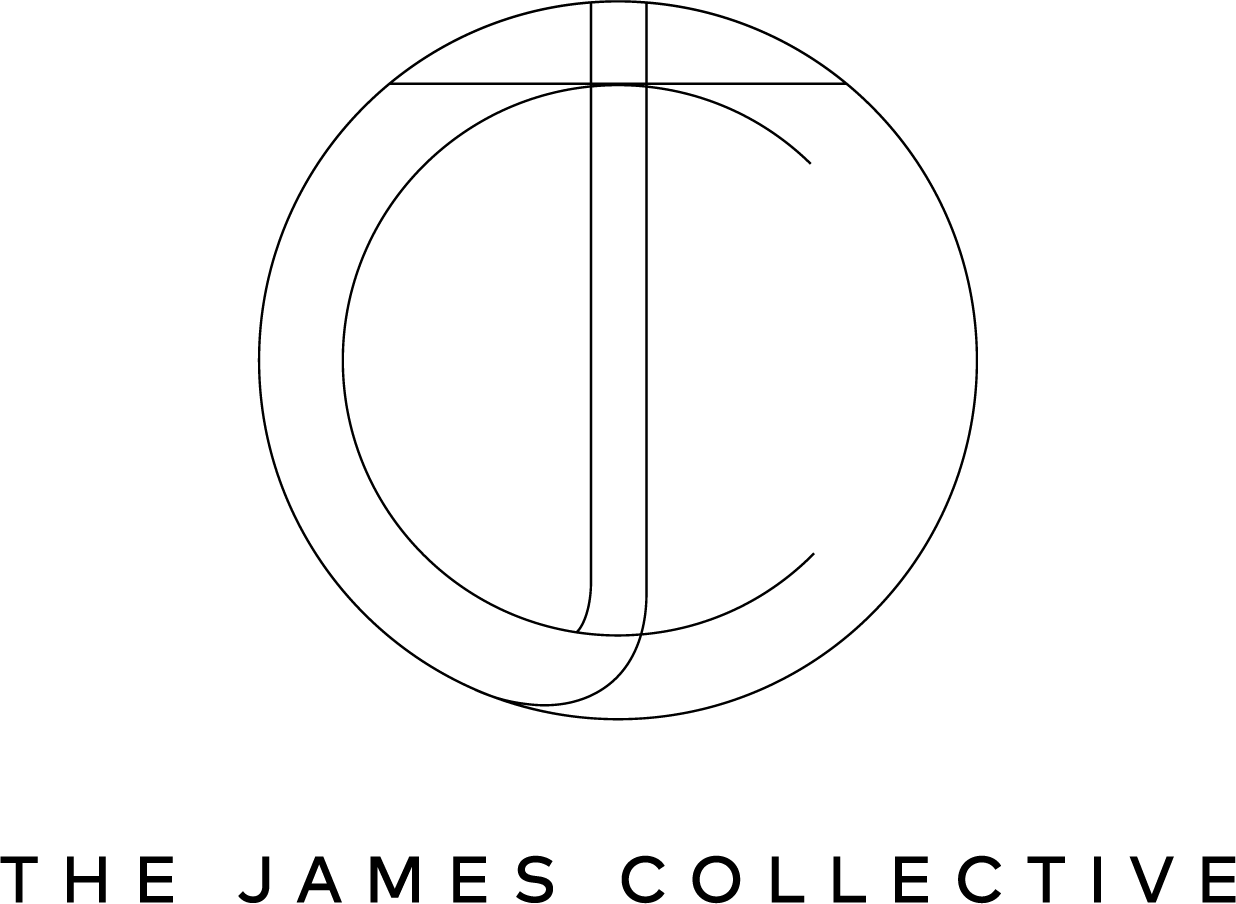How to Measure the ROI of PR
Measuring return on investment of public relations--and The James Collective’s approach
Measuring ROI of PR is a notorious subject for marketer, because the truth is, there’s no one perfect measurement (nor is the ROI metric always cut and dry or easy to track). At its core, public relations, and the tactics that go into PR, are inherently brand building tools. At TJC, we think of PR first and foremost as a strategy to tell a brand’s story to create affinity between the companies with whom we work and their audiences (the “public” in PR!).
That being said, we weren’t born yesterday, and understanding that most business spends needs to see some sort of return--as such, we look at what we do both from the perspective of brand PR as well as performance PR. (See our posts on the marketing funnel and how to build long term loyalty for more on this).
TJC emphasizes a holistic view of PR ROI, combining quantitative and qualitative data while considering short, medium, and long-term goals. A few of those that we most often track include:
Quantitative Metrics:
● Impressions: Impressions are an easy metric to track, but these days somewhat meaningless. For returning clients, TJC tracks year-over-year growth in impressions overall
● Actual Estimated Views: Provides a more accurate measure than impressions alone
● Share of Voice: This metric compares the brand's presence to competitors and assesses how PR is impacting that share
● Affiliate-Driven Sales: Measures sales directly attributable to affiliate marketing efforts.
● Increases in Traffic, Engagement, and Sales: Tracks website traffic, engagement metrics, and ultimately, sales conversions
Qualitative Metrics:
● Key Story Lines or Messaging Placed: Analyzes the successful placement of intended messages and narratives.
● Articles in Target Publications: TJC works with clients to create a “wishlist” of desired publications and tracks their success in securing placements, as well as reviewing the visibility + conversions that result
● Target Tastemakers, Accounts, or Partnerships Achieved: Evaluates progress in establishing relationships with influential figures, brands, and other partners to reach mirror audiences
● Increasing Marketing "Pull": Measures the effectiveness of PR in generating inbound requests for PR, partnerships, and consumer demand--essentially making it less expensive and more impactful in the future.
When assessing the ROI of a specific metric, say a press hit in Vogue, the most important metrics vary depending on the campaign goals. For instance, unique page views may signify successful exposure, while link conversions indicate sales growth. And the reality is that a highly targeted podcast or substack newsletter might deliver more on the goals of your business than an article in a well-distributed newspaper, which is why the strategy behind the PR plan is key to delivering true ROI.
Ultimately, we aim to understand and manage public and consumer perception of the brand in a way that is appropriate for our where our clients are, and where they’re going, to ensure that they build a sustainable business. Want to talk more about this and how you can think about reaching your goals in a way that is net positive? Reach out to us here!
